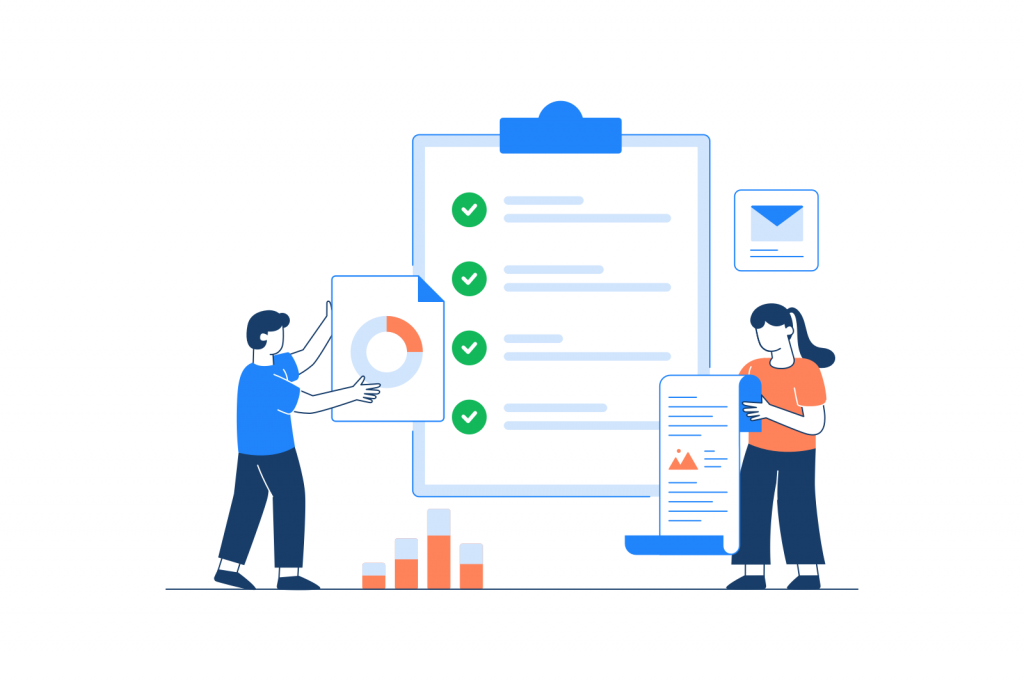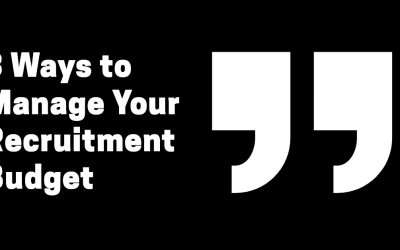If you’re like many HR departments, you look at the candidate’s resume, interview process, and references to determine if they’re a good fit. Unfortunately, most companies have to admit they strike out more often than they want to.
By the 18-month mark, 46% of new hires are deemed failures. That leaves you wondering if you should leave them in place, potentially hurting morale and productivity, or let them go, which costs your organization both time and money.
Creating “Success Patterns”
By studying your best employees, you can learn more about what makes them so successful in their roles. You can then take these characteristics and look for them in your next round of hiring.
There are several benefits to using your best team members to create Success Patterns:
- It’s easier to get everyone to agree on what a successful hire looks like
- You have real-world examples of what successful execution of a role looks like instead of hypotheticals
- Your high-performing employees can tell you directly which qualities impact their success the most
In other words, when you use your best team members to create a Success Pattern, you can screen and interview candidates accordingly. This will make it easier to hire candidates whose abilities and behavior closely match your best employees.
Using Reference Checks to Find a Success Pattern Match
The next question is, how do you determine if someone is a good match to the Success Pattern you’ve created?
We all know that candidates are good at appearing put together and giving the “right” answers in an interview. That means you need to go deeper than your usual evaluation process.
The best way to do this is by doing in-depth reference checks. Many HR departments feel that reference checks are too time-consuming, and in the traditional sense, they are. Assuming there are three references per candidate, that could mean 1.5 to 2 hours or more per candidate just checking references on one applicant.
Fortunately, automated reference checks can solve two problems at once. Not only can you send reference checks in just 60 seconds per candidate, but you can also include questions in the reference questionnaire that are specific to your Success Pattern.
For example, you can ask for examples of when a candidate exhibited specific skills or characteristics. You can also ask how the candidate might react in situations that your top performers have told you are common in the role.
Use Reference Checks to Hire More Top Performers
Every company wishes they could clone their top performers, but few realize that you can create processes to hire people who are very similar to them. Success Patterns based on your best talent can help you attract and hire more talented people.
Of course, using automated reference checks is a key part of this solution. We make it easy for you to create detailed reference checks while also saving time.
Ready to get started? Try our process for free. You’ll be so glad you did!
Gary Kirksey
Hiringcue.com
The Latest Articles
3 Ways to Manage Your Recruitment Budget
Is your HR budget shrinking? The good news is that there are ways to manage your recruiting without sacrificing quality. Discover 3 strategies today!
How to Successfully Hire Remote Candidates
If your HR department is relying on remote hiring, you’re not alone. Discover three strategies to help you successfully hire remote candidates.
How to Win Candidates During the Great Resignation
Millions of people are quitting their jobs in droves. Here are three steps to take so that your organization can win them over in the hiring process.





0 Comments